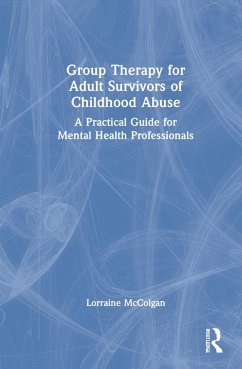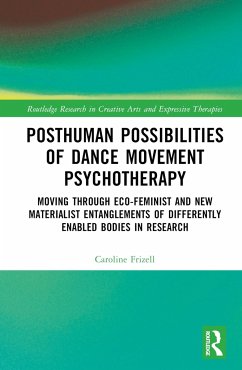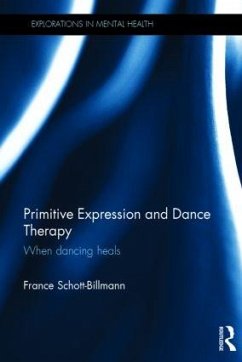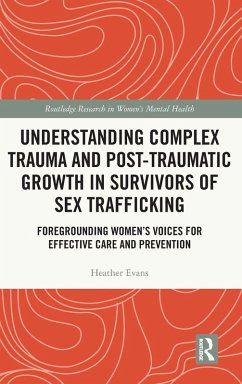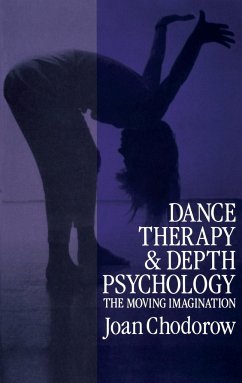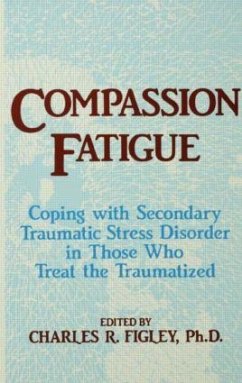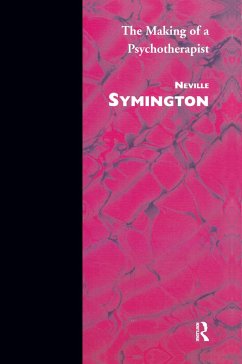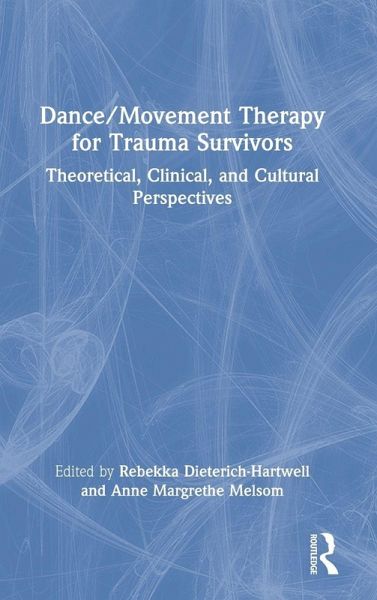
Dance/Movement Therapy for Trauma Survivors
Theoretical, Clinical, and Cultural Perspectives
Herausgegeben: Dieterich-Hartwell, Rebekka; Melsom, Anne Margrethe
Versandkostenfrei!
Versandfertig in 1-2 Wochen
170,99 €
inkl. MwSt.

PAYBACK Punkte
85 °P sammeln!
This book offers a timely, detailed, and comprehensive synopsis of dance/movement therapy (DMT) in the treatment of psychological trauma.Along with the foundational concepts of DMT, tied to traditional trauma theory and a neurobiological framework, contributions contain rich clinical examples that illustrate the use of dance, creative movement, and body awareness with a wide variety of populations including survivors of sex trafficking, military veterans, refugees, those with multigenerational trauma, and others. Chapters emphasize the underlying influences of power, privilege, and oppression ...
This book offers a timely, detailed, and comprehensive synopsis of dance/movement therapy (DMT) in the treatment of psychological trauma.
Along with the foundational concepts of DMT, tied to traditional trauma theory and a neurobiological framework, contributions contain rich clinical examples that illustrate the use of dance, creative movement, and body awareness with a wide variety of populations including survivors of sex trafficking, military veterans, refugees, those with multigenerational trauma, and others. Chapters emphasize the underlying influences of power, privilege, and oppression on trauma, prompting practitioners to consider and understand the dynamics of sociocultural contexts and engage in continuous self-reflection.
Featuring multiple perspectives, as well as cultural and contextual considerations, this book provides direct takeaways for clinicians and professionals and concludes with a roadmap for the trajectory of trauma-informed, healing-centered DMT.
Along with the foundational concepts of DMT, tied to traditional trauma theory and a neurobiological framework, contributions contain rich clinical examples that illustrate the use of dance, creative movement, and body awareness with a wide variety of populations including survivors of sex trafficking, military veterans, refugees, those with multigenerational trauma, and others. Chapters emphasize the underlying influences of power, privilege, and oppression on trauma, prompting practitioners to consider and understand the dynamics of sociocultural contexts and engage in continuous self-reflection.
Featuring multiple perspectives, as well as cultural and contextual considerations, this book provides direct takeaways for clinicians and professionals and concludes with a roadmap for the trajectory of trauma-informed, healing-centered DMT.





